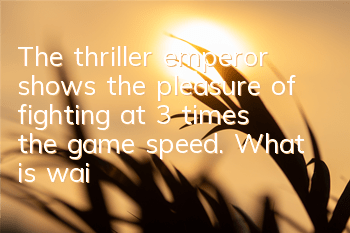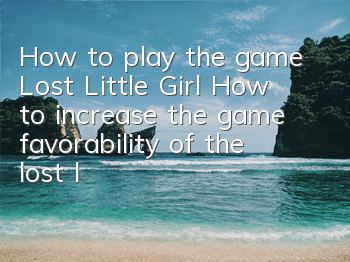HELLO Dear friends, are you already starting school now, or are you still at home now? During this time of leisure, have you revisited the classic games before? Last year, after the French game company Ubisoft caught fire at Notre Dame Cathedral, last year, gave players around the world the game body of "Assassin's Creed: The Great Revolution" free of charge on its own game platform UPLAY. Today we will talk about a side mission in "Assassin's Creed: The Great Revolution" - the mystery of murder, and the master of the mission it involves, "Jean-Paul Mara".
Assassin's Creed: The Revolution Game Cover
As we all know, the game content of each generation of Assassin's Creed integrates an overview of the assassin's background into a specific historical background, whether it is the industrial revolution in Assassin's Creed: The Heroes; the Renaissance in Revelation; or the Athenian democratic politics period in Odyssey. The background of this work "Assassin's Creed: The Revolution" is the French Revolution in 1789. Our game protagonist Arno, who joined the Assassin Organization in 1789, under the torrent of the French Revolution, was executing the belief of revenge for his adoptive father while looking for the forces behind the revolution. As the game progresses, we can manipulate Yano to the detention room in Siti Island. After cooperating with the sheriff and detectives, we can receive the mission of "Murder Mystery". In the second small mission in this series of missions, we meet the protagonist of today’s event, “Paul Mara”.
"Murder Mystery--Marra's Death" Side Quest
After collecting clues from the scene and investigating the relevant suspects, we can infer that the murderer who killed Mara was the female surname "Charlotte" who supported the Gironde faction. Speaking of this, friends may ask, "Editor, is there anything special about this Mara? Isn't it just an NPC, or a dead NPC?" Then, let's talk about him next.
Jean-Paul Marat, born in France in 1743, was a Jacobin politician during the French Revolution. After graduating from middle school, Mara traveled around Europe and learned to improve medical skills. In 1776, he obtained a doctorate in medicine at the University of St. Andrews in Scotland. After the outbreak of the French Revolution in 1789, Mara abandoned medicine and entered politics, founded the journal "Friends of the People" and devoted himself to the political movement. On July 13, 1793, Mara was assassinated by Charlotte Corde in a bathtub of her apartment at the age of 50.
From the introduction of Mara's life, we can know that Mara was a doctor before entering politics. (Hey? I can’t save the French by studying medicine) What is the reason why Mala abandoned medicine and entered politics and was eventually killed by the murderer?
The story goes back to 1780, when the influence of the Mara Enlightenment movement, who was a doctor, was keen on conducting scientific experiments, andA paper on the principle of combustion, "Research on the Characteristics of Fire", in which he proposed that the original primitive for termination of combustion is pressure, and the fire is extinguished due to combustion caused changes in the air pressure of the surrounding air. This paper was also sent to the Royal Academy of Sciences, the president of the Royal Academy of Sciences at that time, Lavoisier, who proved the oxygen content in the air. (That's right, the curly hair scientist in the first lesson of the chemistry book) Lavoisier rejected his request to join the Royal Academy of Sciences and believed that Mara's views were nonsense. Therefore, a small friction planted the seeds of hatred in Mara's heart. After the outbreak of the French Revolution and Mara became a leader in the Jacobins, Mara immediately wrote and issued a pamphlet about the Girondes and noble officials, including the name of Lavoisier, who was the tax officer of the French government at that time. Mara wrote in the pamphlet that due to the tax officer's policies, the tobacco people bought were mixed with branches and mixed with water in wine, which seriously affected the hygiene situation in Paris. Therefore, Lavoisier, who wanted to escape to the countryside, was caught by the revolutionary army on the eve of his departure and was eventually sent to the front. (Even before his death, ask the executioner to help him complete the "Lavoisier blink experiment"). On the one hand, Mara's revolutionary deeds led the Paris people to overthrow the feudal powers, but on the other hand, due to the violent dictatorship of the Jacobins, there were voices of opposition within the masses. Finally, on July 13, 1973, Mara, who suffered from skin disease, was killed by a woman disguised as a visitor while soaking herbs in a bathtub. After Mara was killed, as a French neoclassical painter who was a friend of Mara and a supporter of the Jacobins, "Jacques Louis David" created this famous work "The Death of Mara" to commemorate him.
"Death of Mara" Oil Painting
Reality and virtual blend, history and fiction are parallel, which is the true charm of the game as the "Ninth Art". The historical figures in this issue of the game come to an end here.









